
Visa and entry requirements Svalbard:
Passport not required
No visa is required
Information from the Foreign Office about your trip to Spitsbergen:
http://www.auswaertiges-amt.de/DE/Laenderinformationen/00-SiHi/NorwegenSicherheit.html?nn=332636?nnm=332636
Spitsbergen, also known as Svalbard, is a group of islands in the North Atlantic and Arctic Ocean with around 2,600 inhabitants. Svalbard consists of over 400 islands and skerries, all of which lie north of the Arctic Circle.
The archipelago is geographically located on the edge of the Greenland Sea, the Norwegian Sea and the Barents Sea. In the north are the Arctic Ocean, Greenland and Norway. The nearest mainland is more than 600 kilometers away and the North Pole is over 1,000 kilometers away.
Svalbard's coastline consists mostly of fjords, with around 62% of the land area covered by glaciers. The largest glacier is the Austfonna, which is also the largest glacier in Europe in terms of area.
There are regular elections for a free local parliament, although Svalbard is also led by a representative of the Norwegian government.
Spitsbergen has a continuous arctic climate, it is cool all year round with little rainfall.
During the three winter months, the sun remains below the horizon, so there is not even twilight. In contrast, the sun does not set in summer from April to August.
From autumn onwards, after the first snowfall, snowmobiles are used as a means of transport; almost every household has one of these vehicles.
The mammals that live on Svalbard include polar bears, reindeer, seals, arctic foxes and various species of whales.
Svalbard was settled at the beginning of the 20th century because of its rich coal deposits and jobs.
The capital of the archipelago is Longyearbyen with only around 2,200 inhabitants. Other larger towns are Svea, Barentsburg, Ny-Älesund and Pyramiden.
The town of Longyearbyen lives mainly from tourism and is visited by around 80,000 guests every year, most of whom come on cruise ships. The main season is in the summer months of July and August and during the light winter.
Most of the tourism takes place around Longyearbyen, and cruise ships that circumnavigate the archipelago also dock in the capital.
The city of Pyramiden was once inhabited by almost 1,500 Russians. After coal mining there became unprofitable, the city is completely abandoned and will serve as a starting point for trekking tours in the future.
The town of Barentsburg is primarily used for mining and day trips; coal is still mined here to this day.
In the small town of Ny-Ålesund, mainly scientific research is carried out and tourists are welcomed from the cruise ships on an hourly basis.
In July 2016 I visited Spitsbergen for the only time so far for four days. From Berlin Tegel Airport we took the Norwegian airline “Norwegian Air” first to Oslo, then on to Longyearbyen. The total journey was approximately six hours.
The temperatures were sensationally pleasant at 14 degrees Celsius during the day and bright sunshine, much warmer than expected. The capital Longyearbyen is a small, manageable place, very easy to explore on foot and somehow also super exciting. It's actually partly comparable to Greenland, like diving into a completely different world.
My personal highlight was a full-day boat trip to Pyramiden, the former and now abandoned Russian settlement. On the way there, the numerous islands revealed an impressive backdrop, including various glaciers and some rare animal species such as the beluga whale, seals, reindeer and polar bears. Around lunchtime, delicious whale and reindeer meat was grilled on the ship and whiskey was also served with glacier ice, a typical custom around the world when visiting a glacier. All in all it was a fantastic day, the 200 euros for the excursion was definitely worth it.
Svalbard is definitely very exciting for tourism and is always worth a trip, but restaurants, hotels, flights and tours are not exactly cheap.

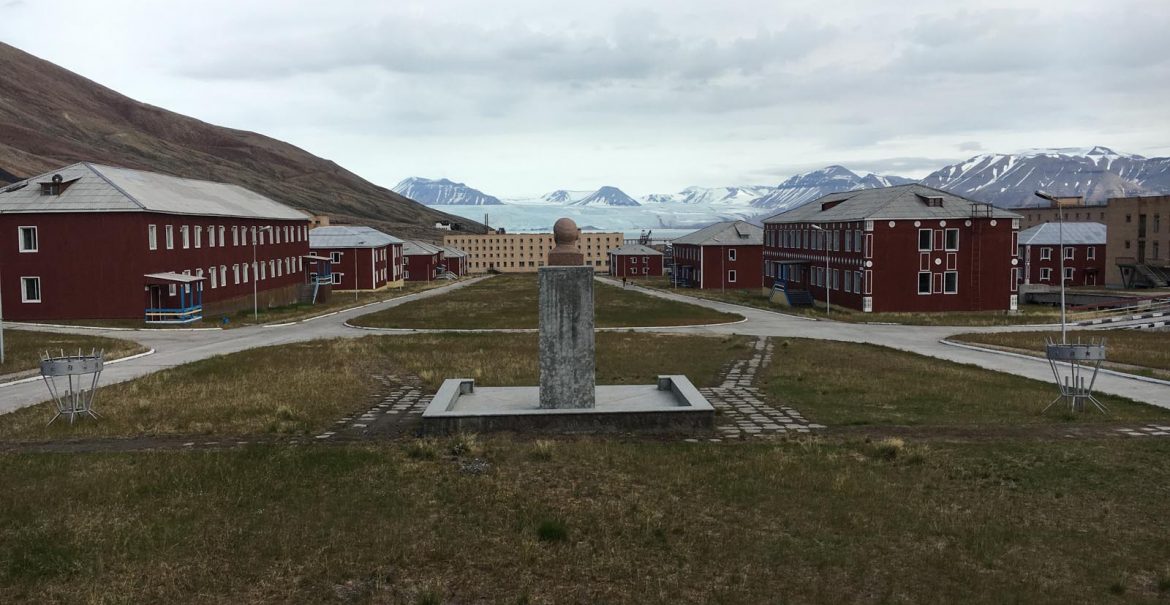
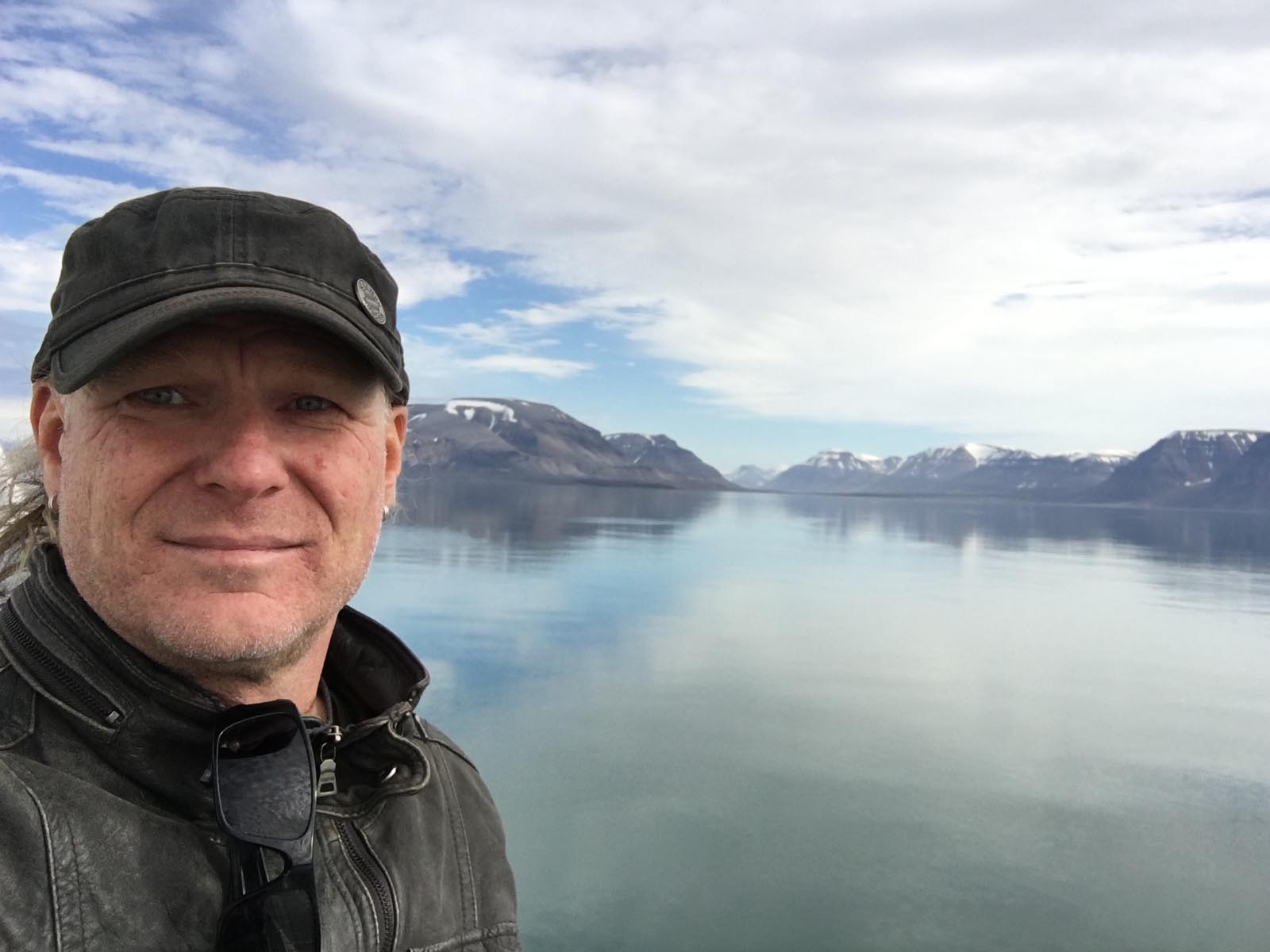

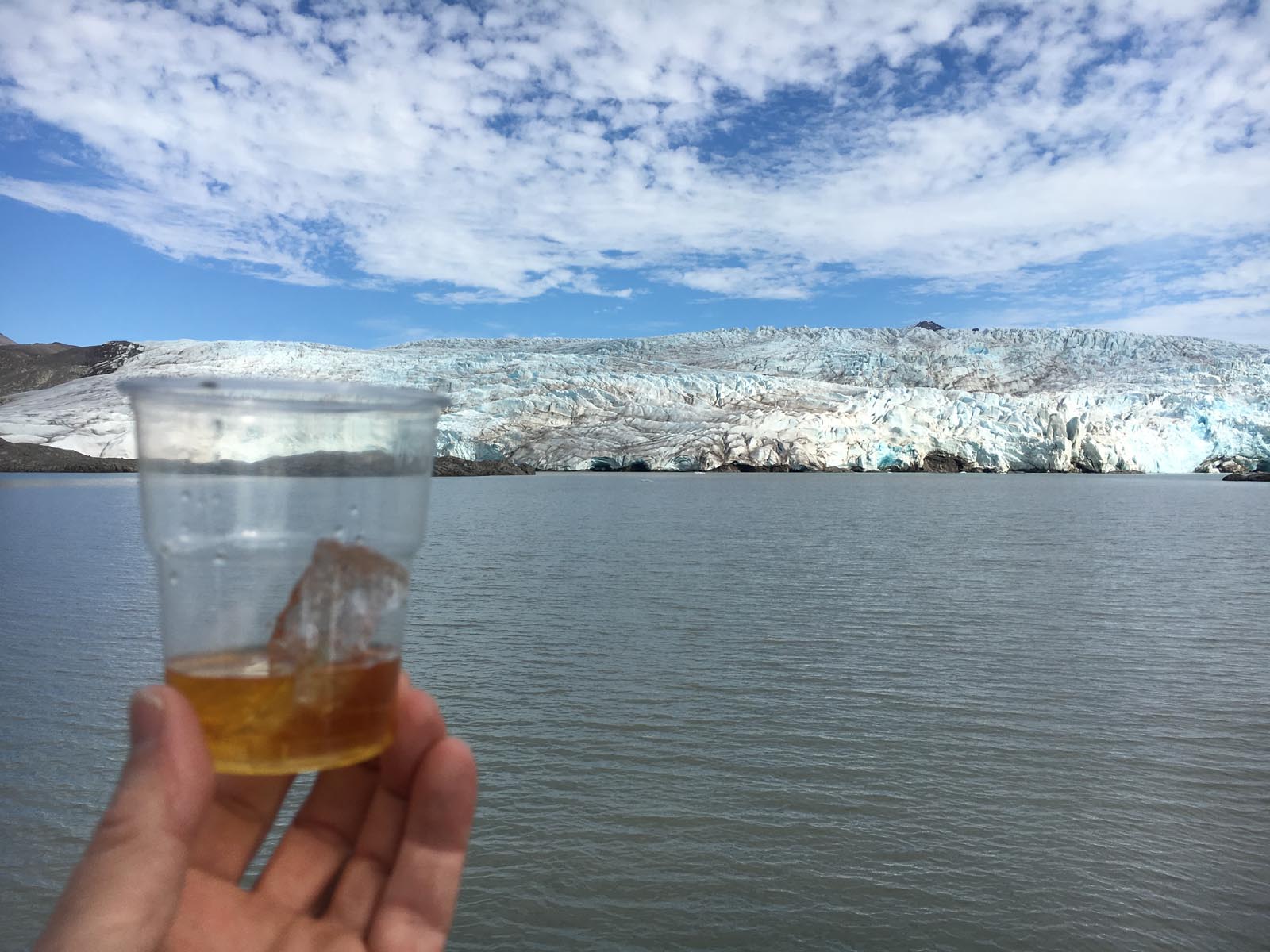
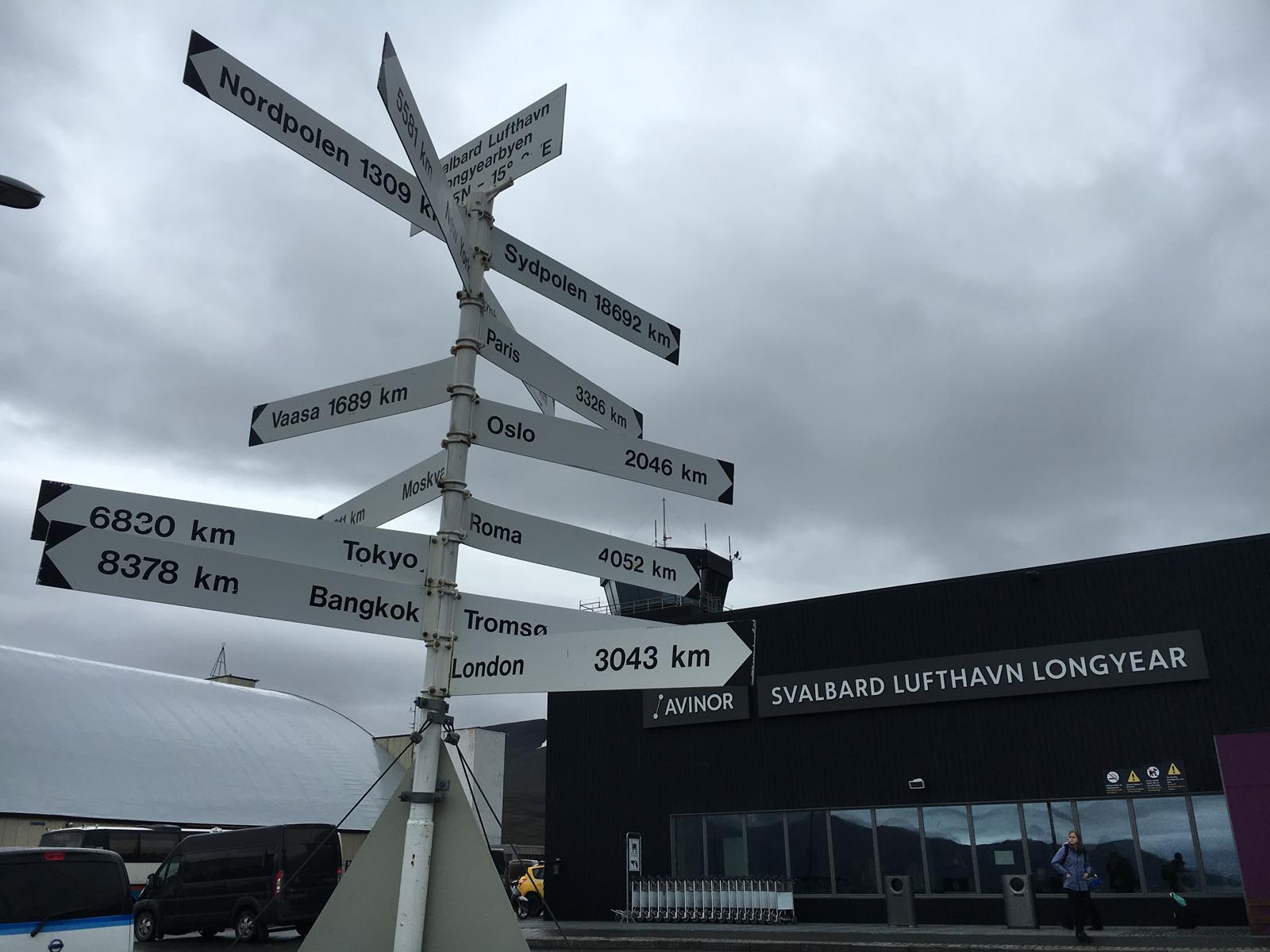
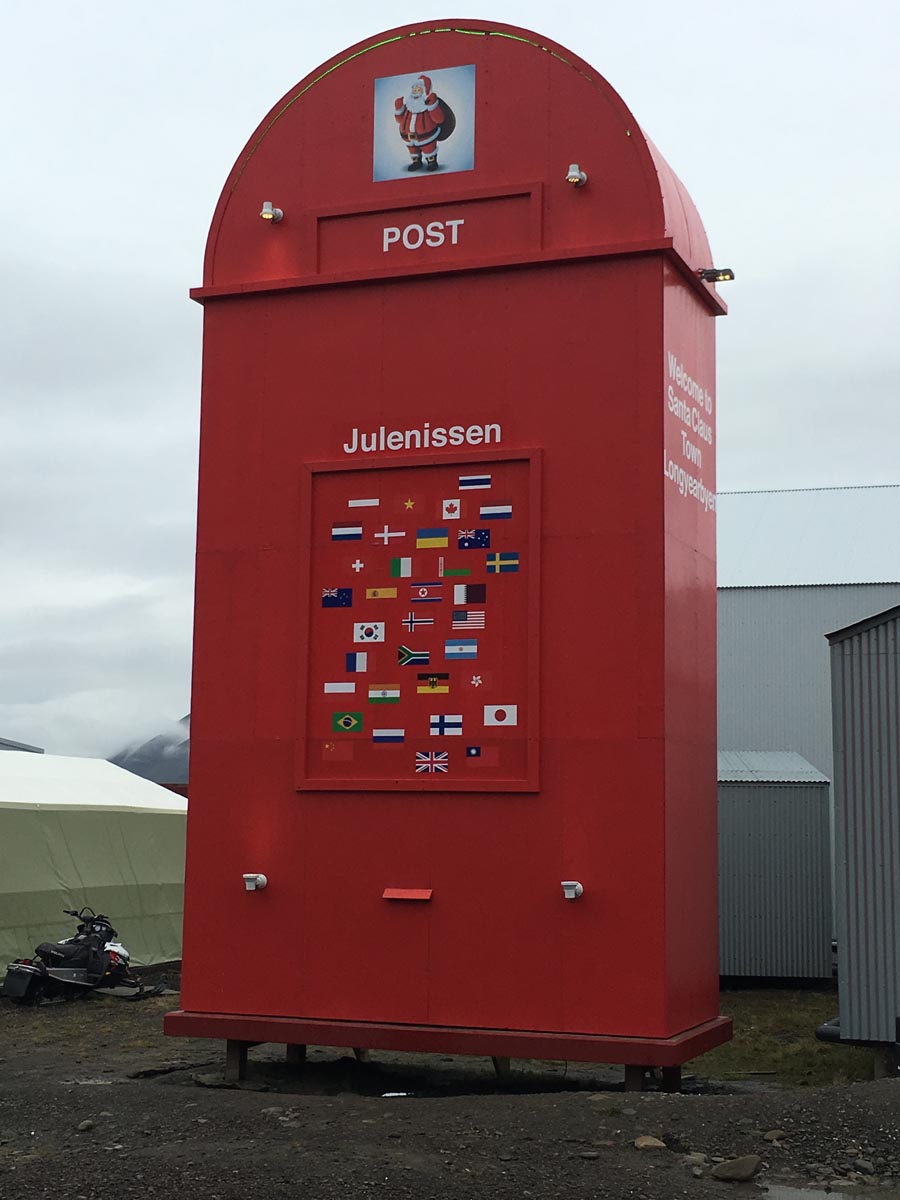
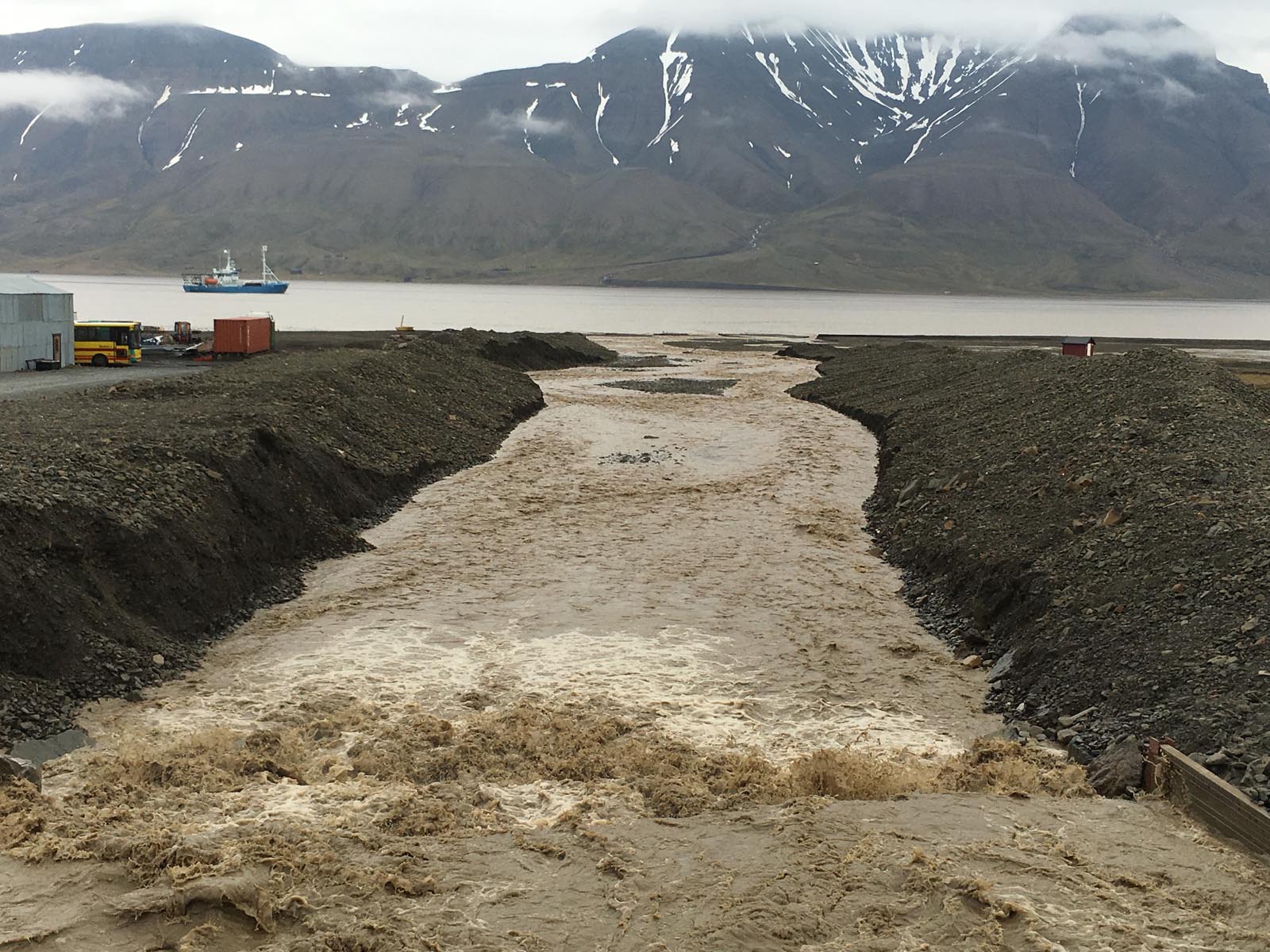
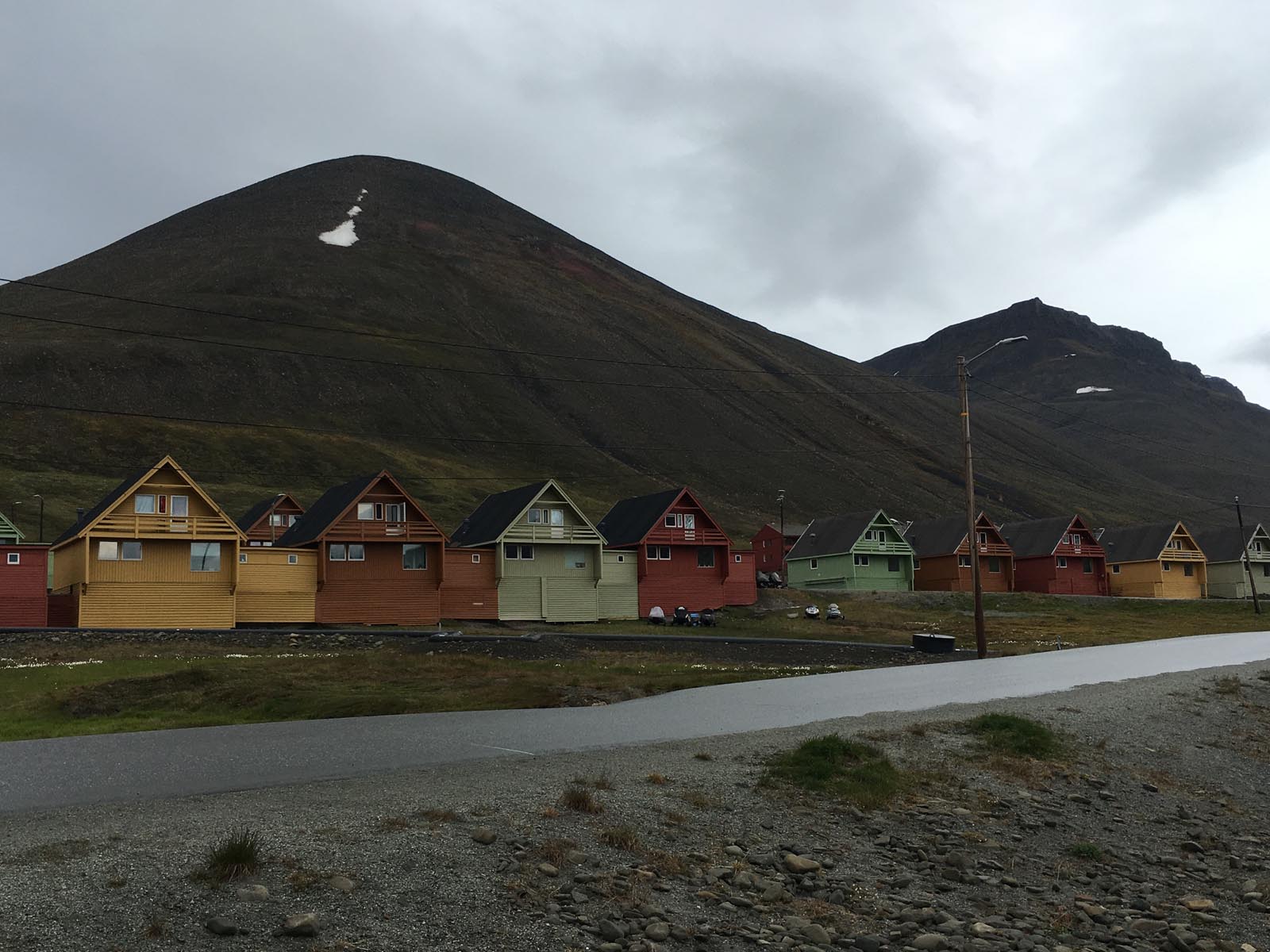
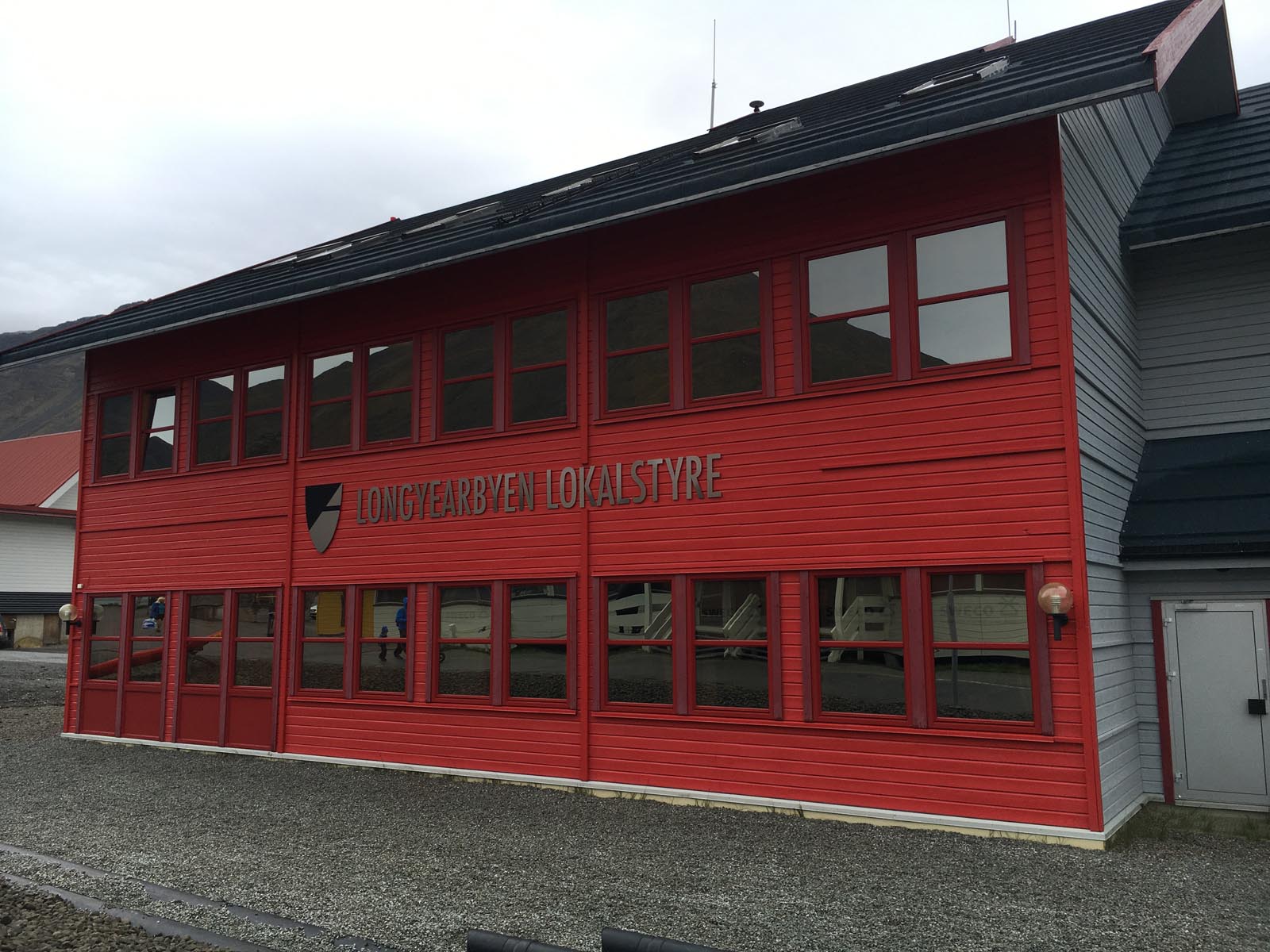
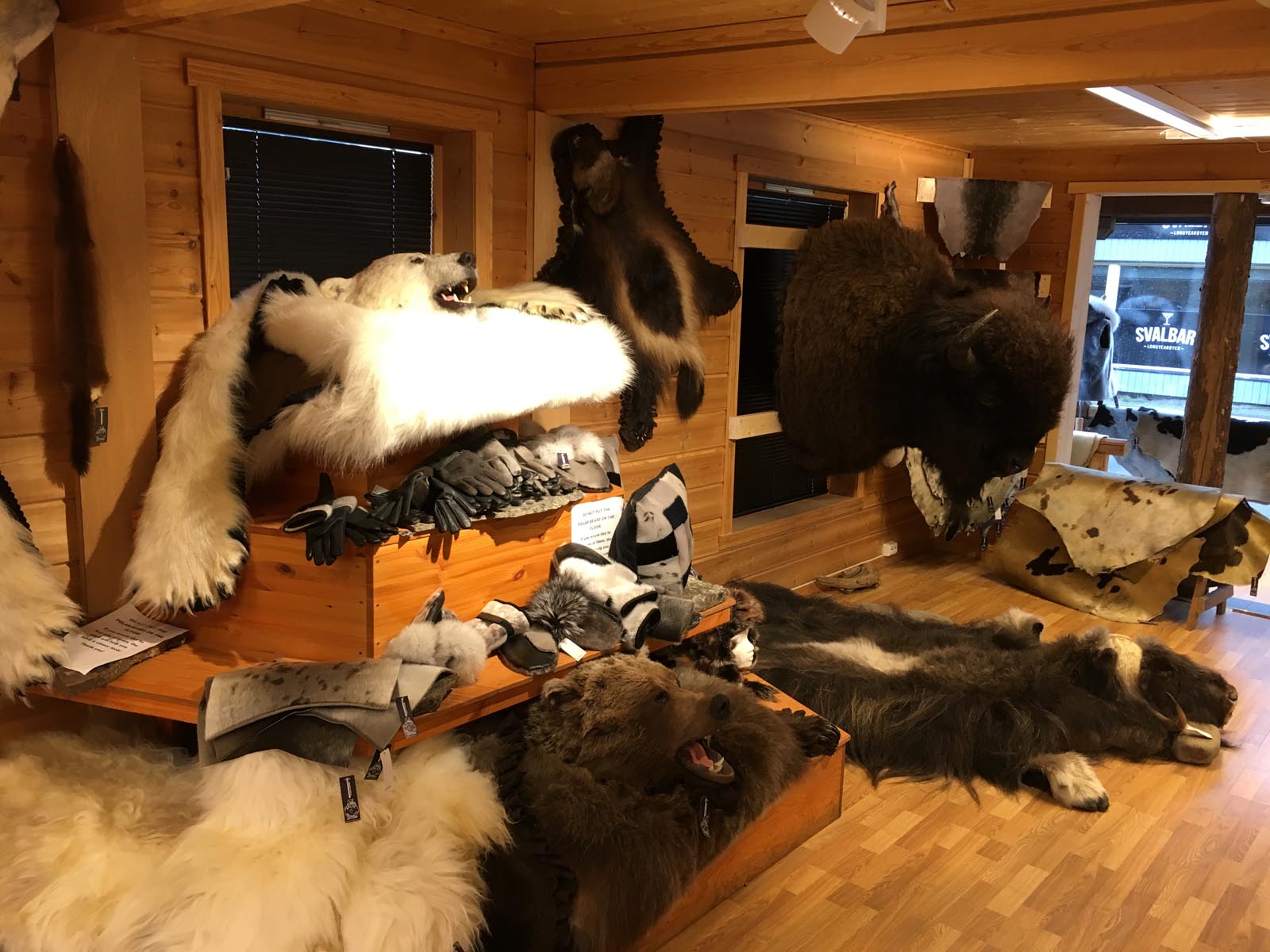
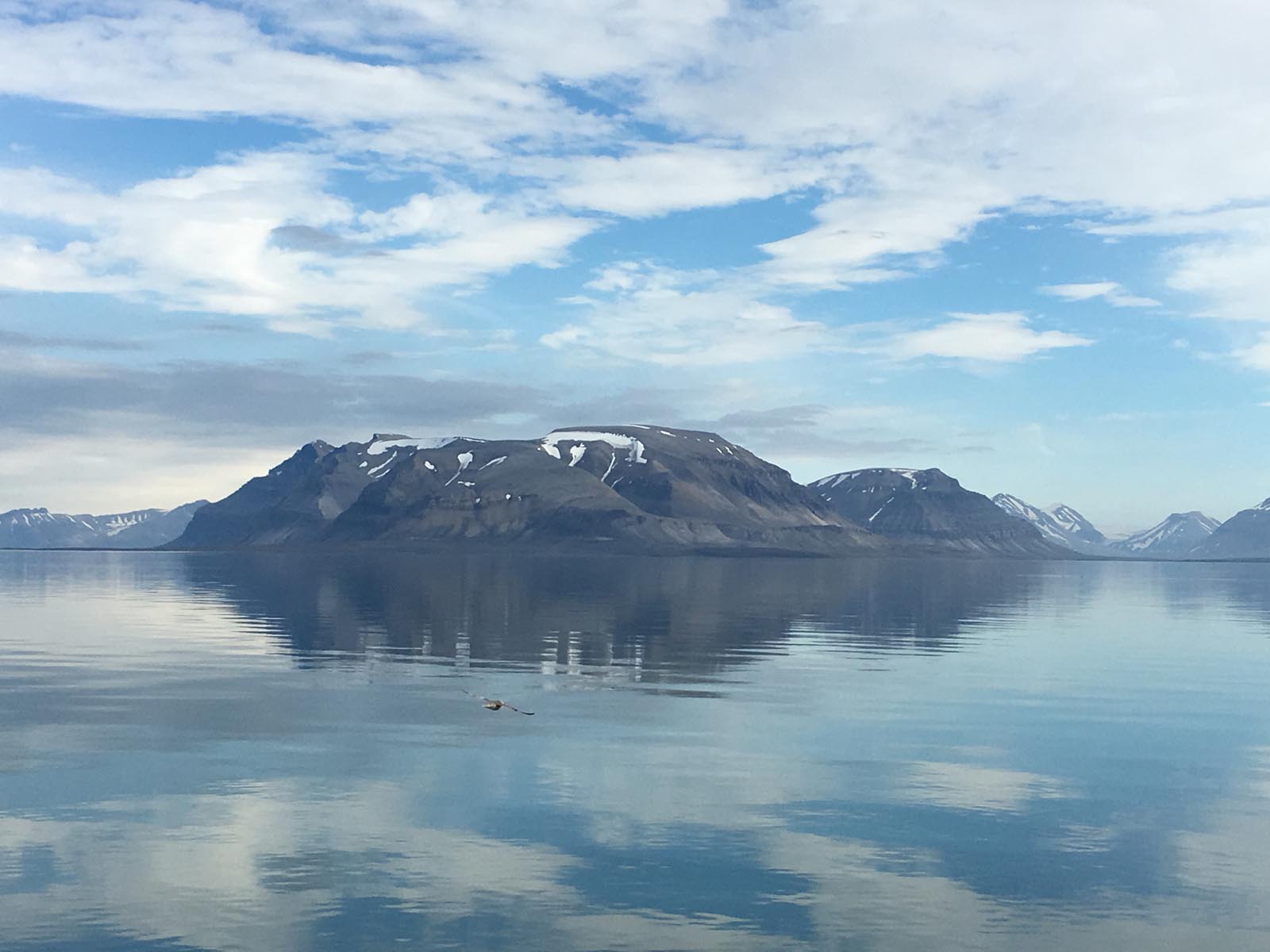
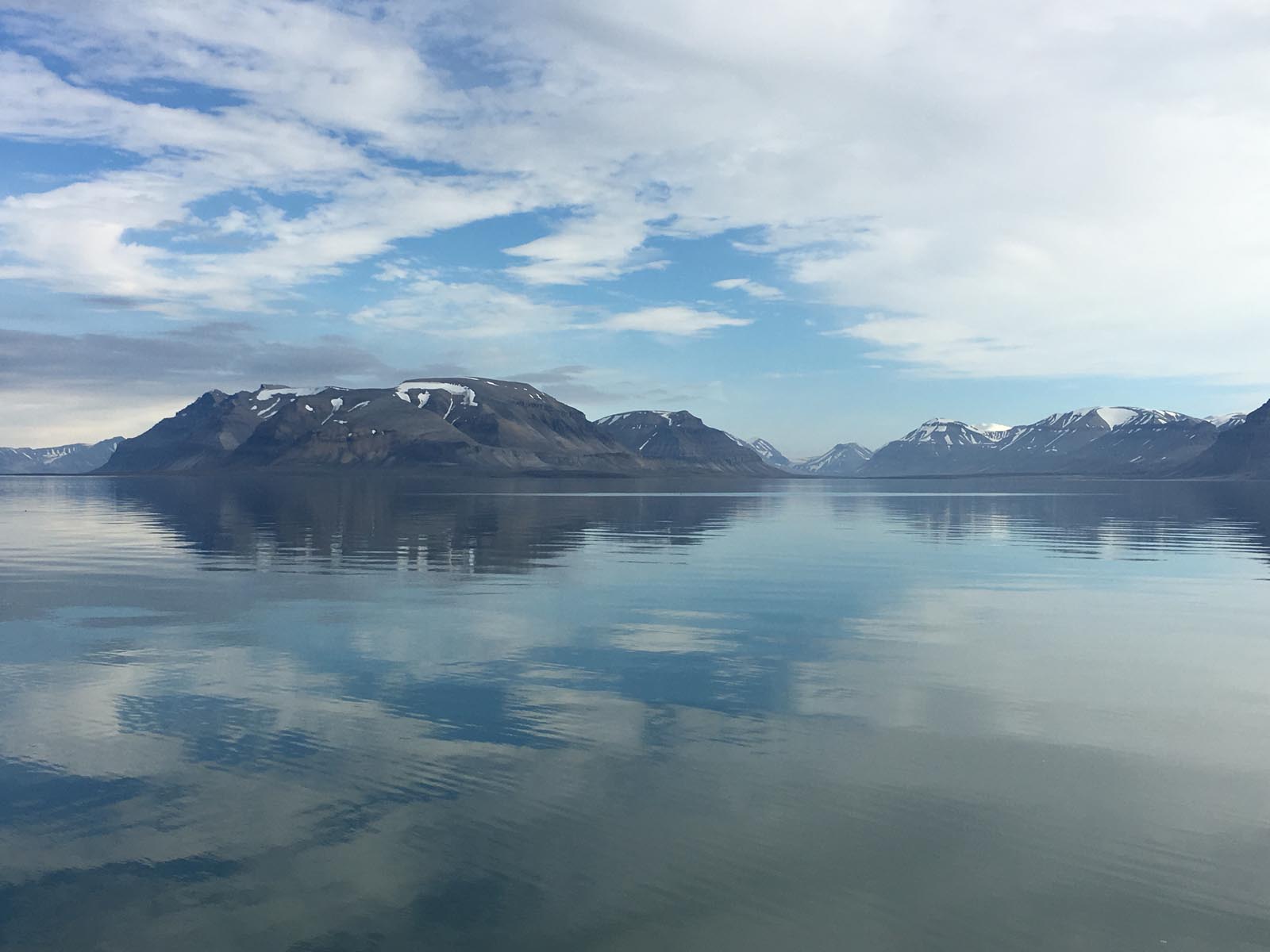
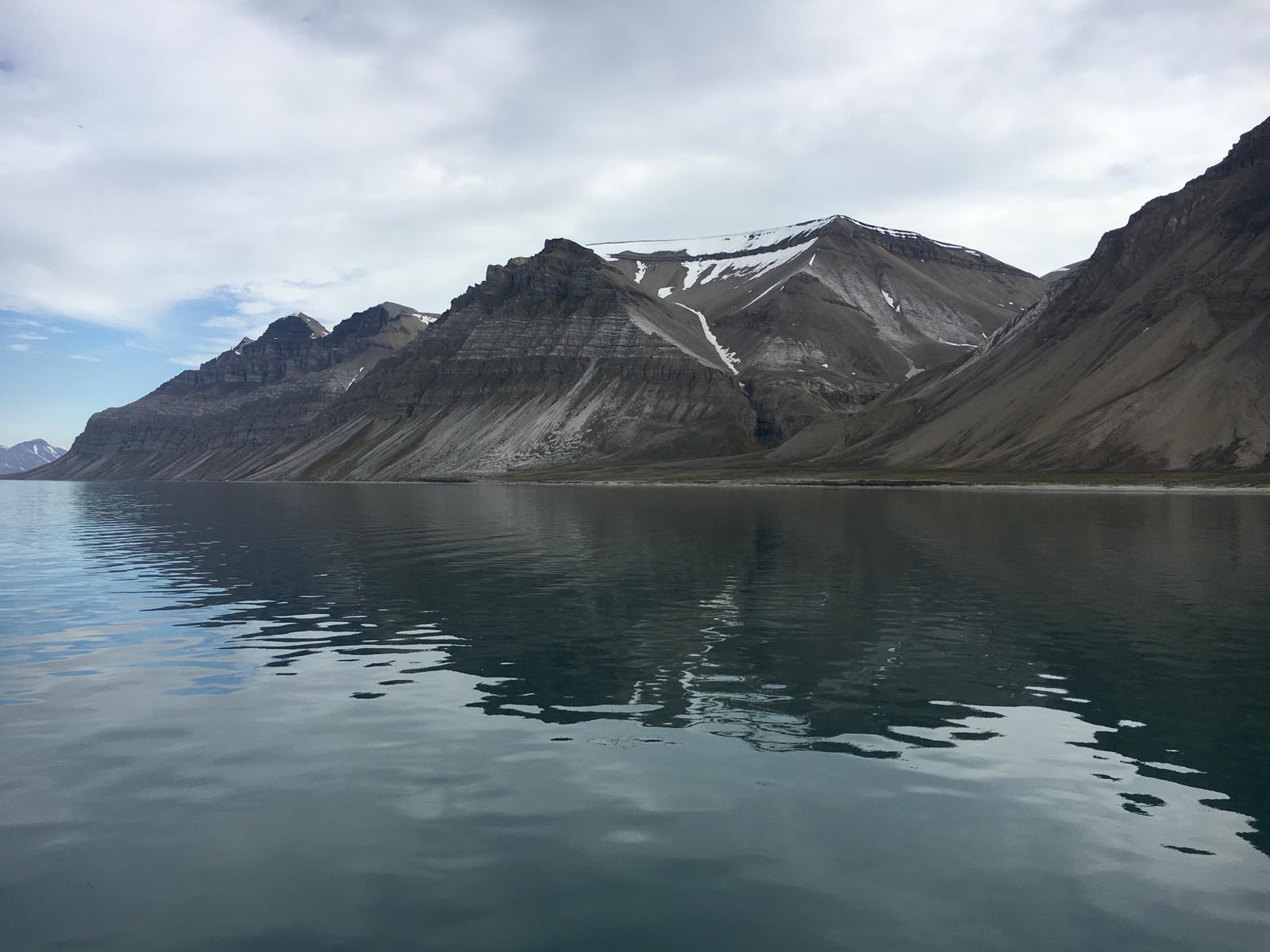
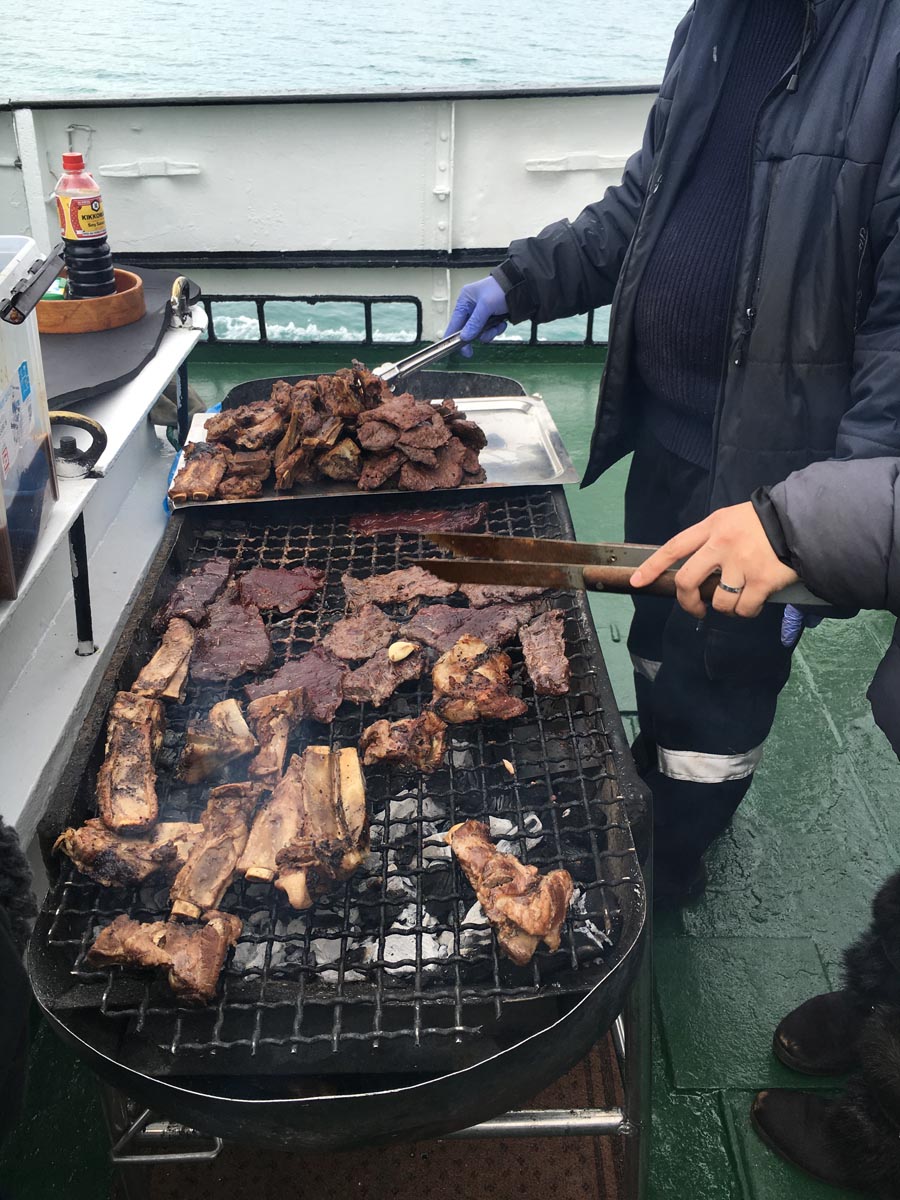
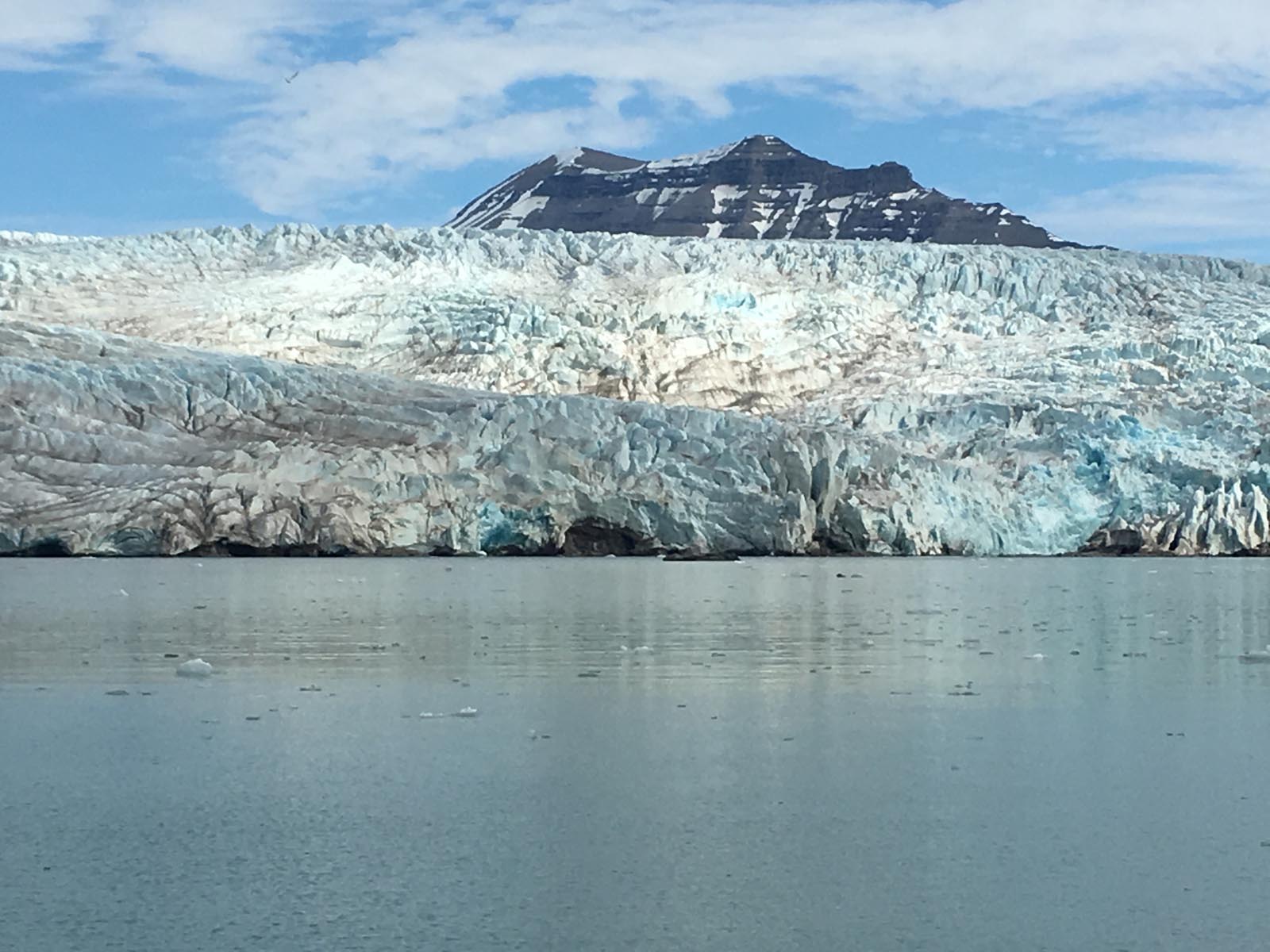
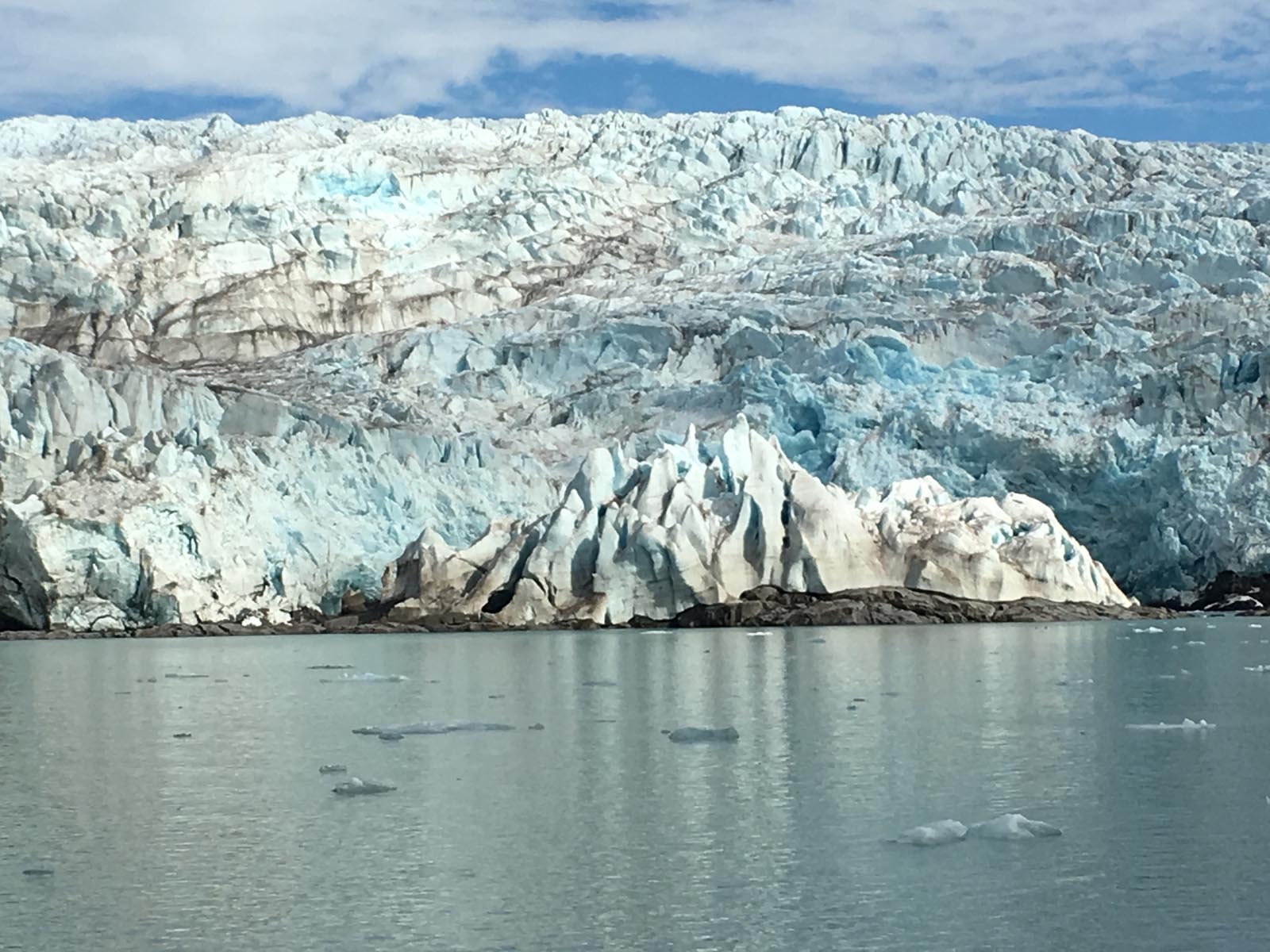
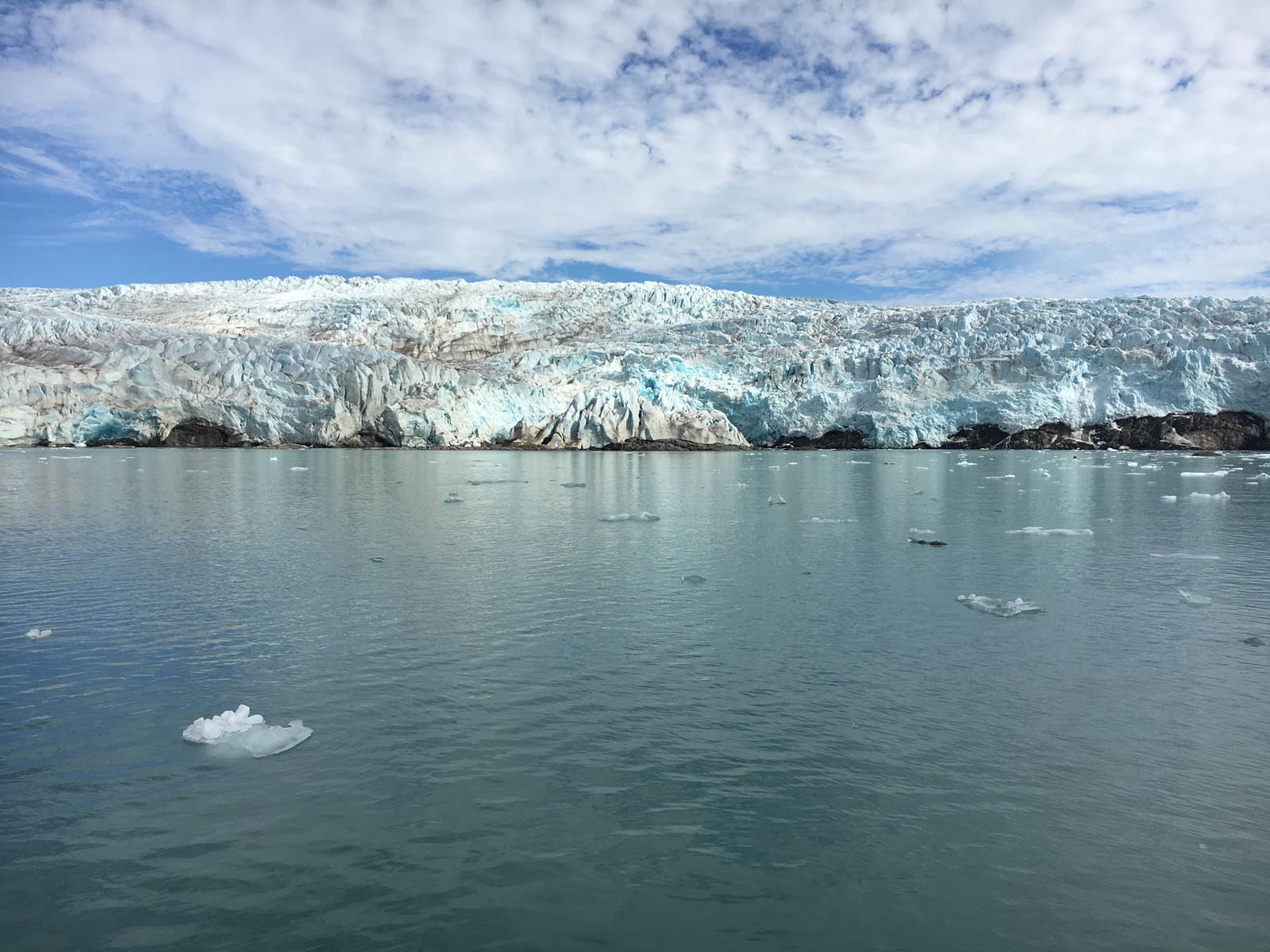
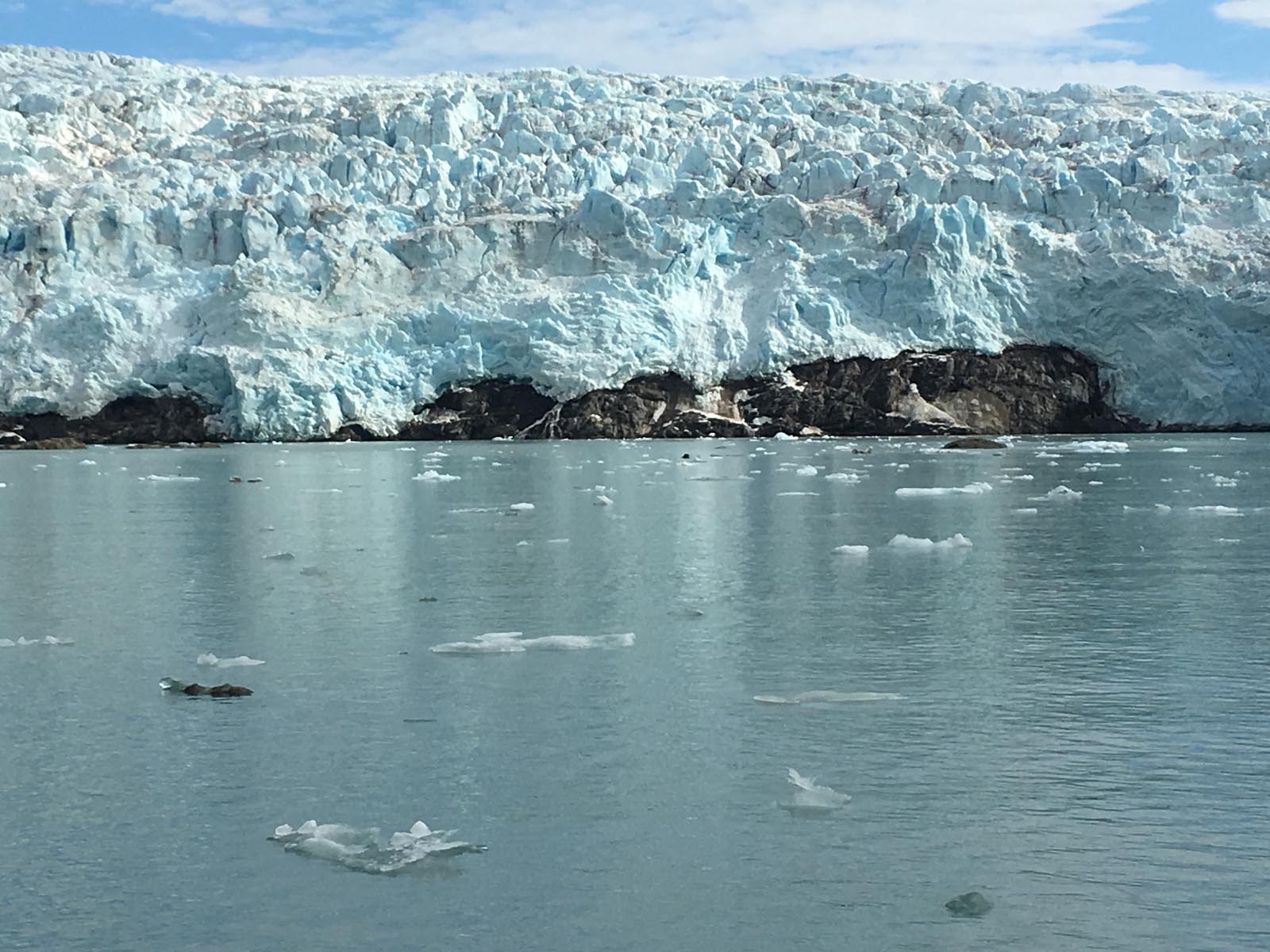
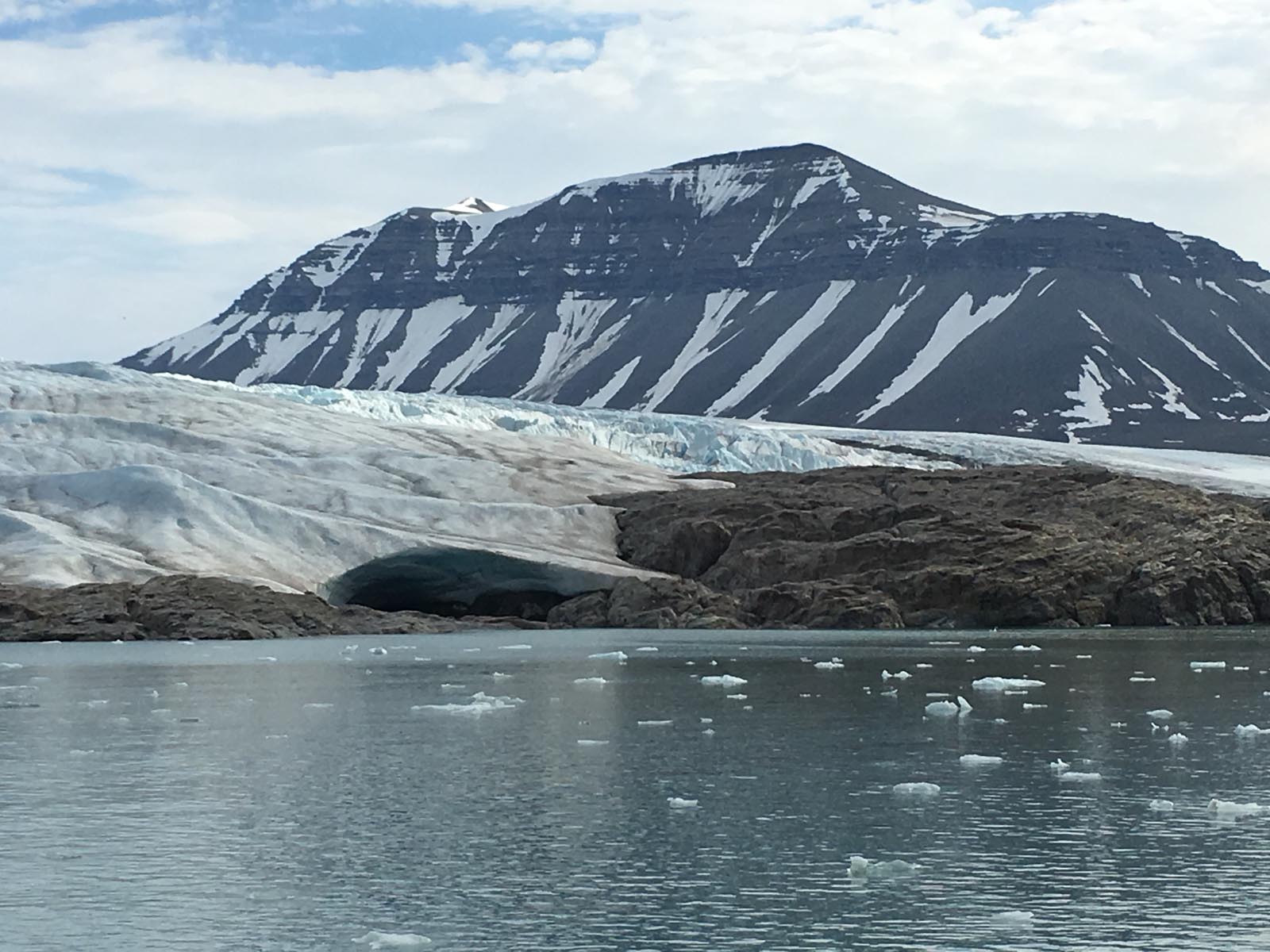
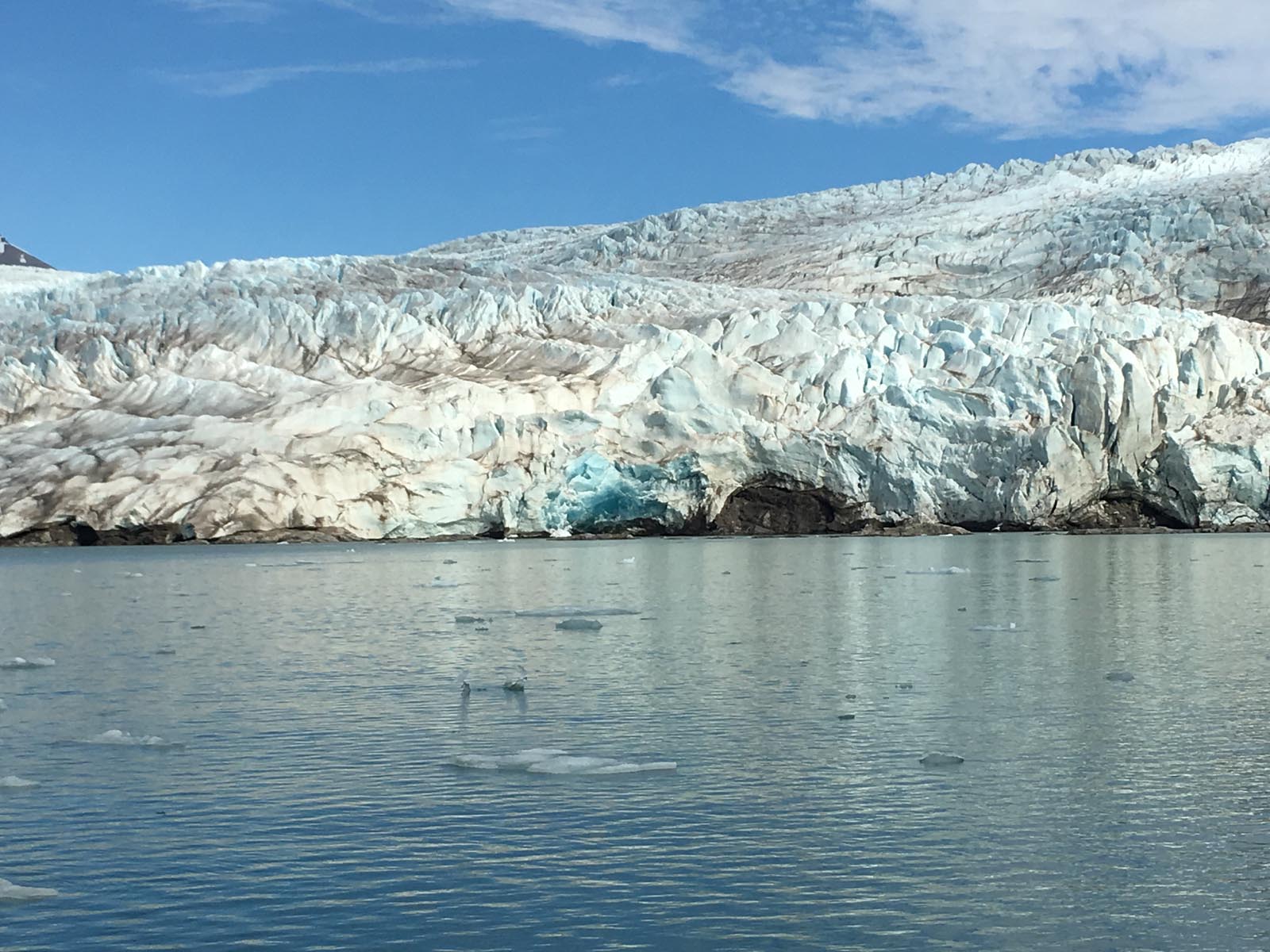
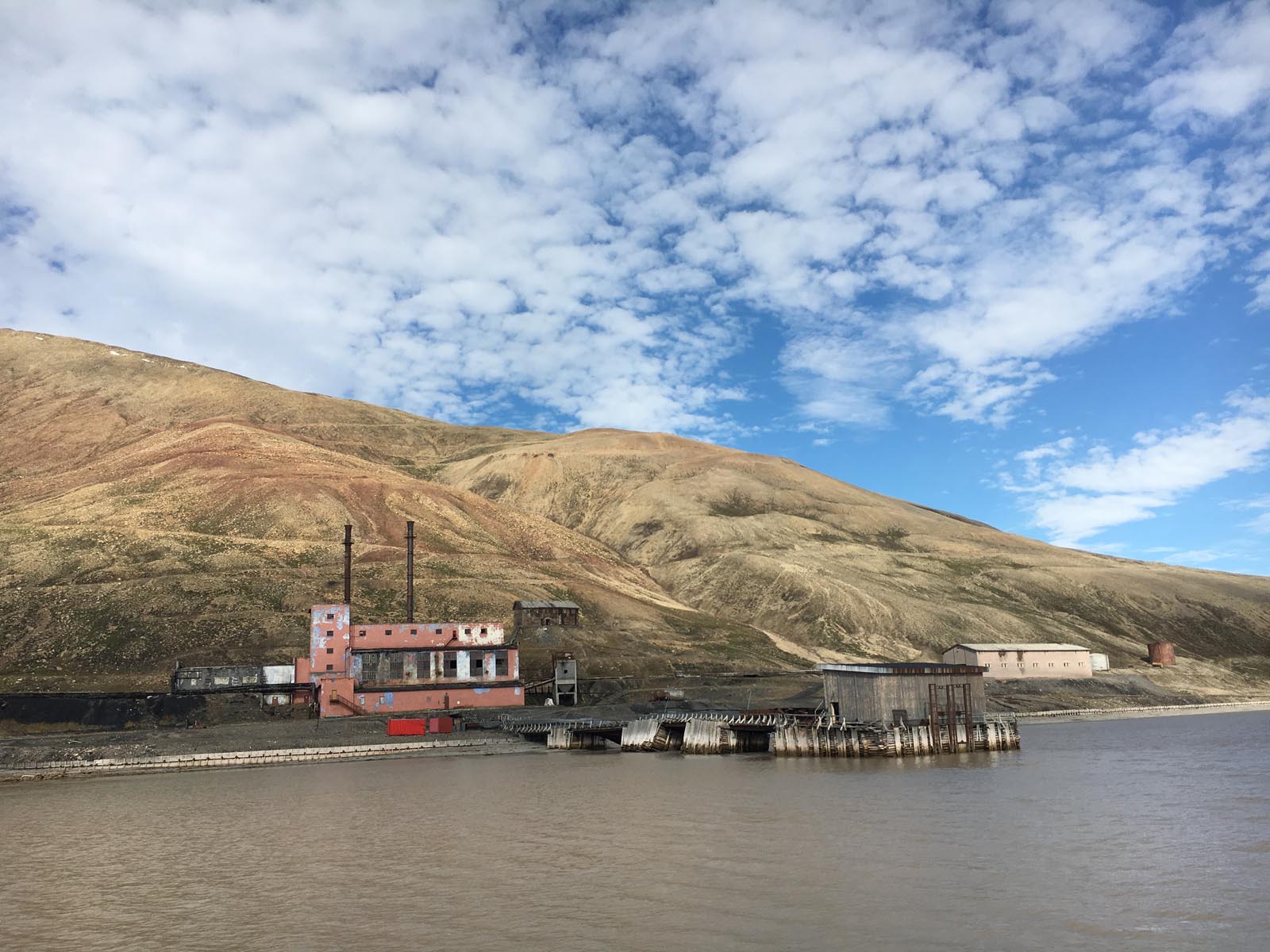
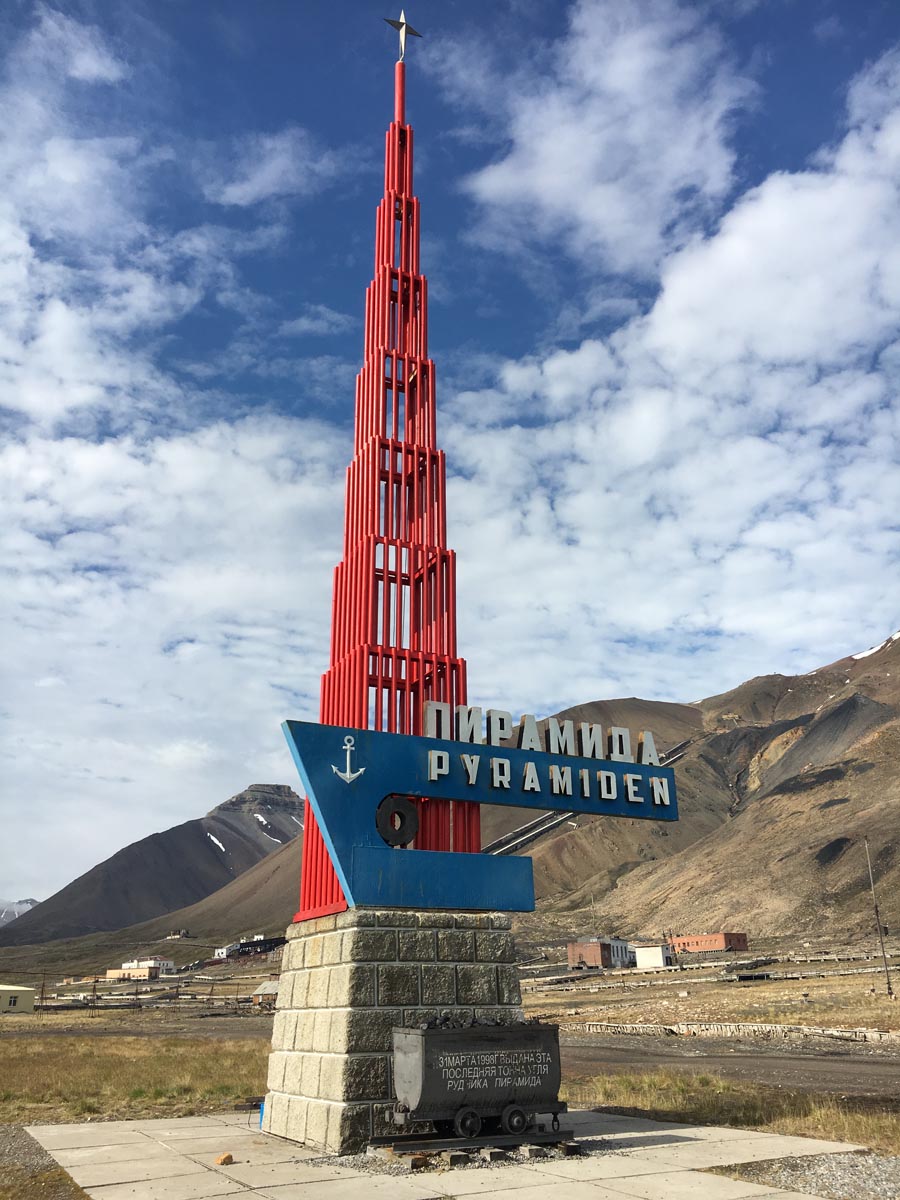
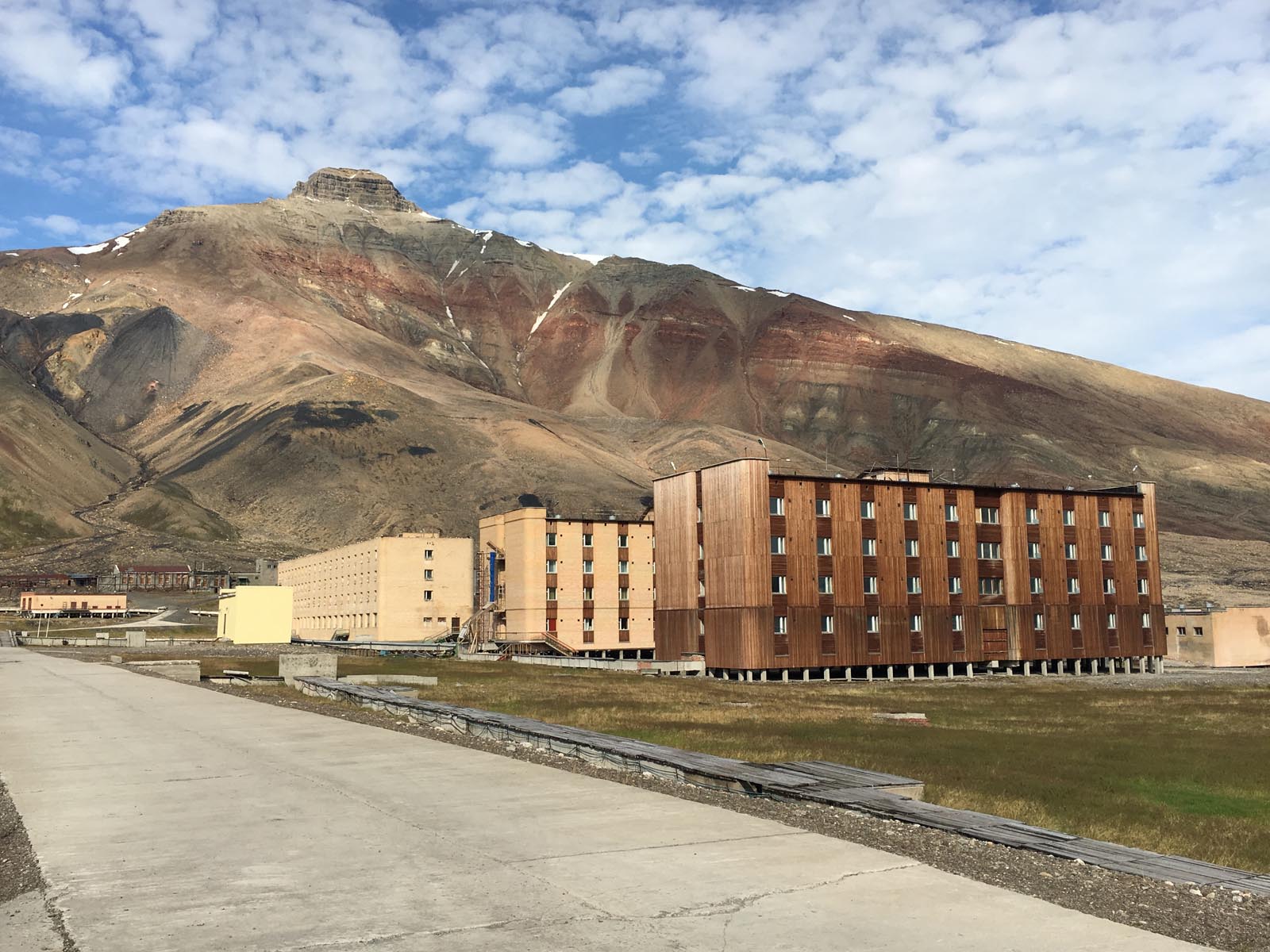
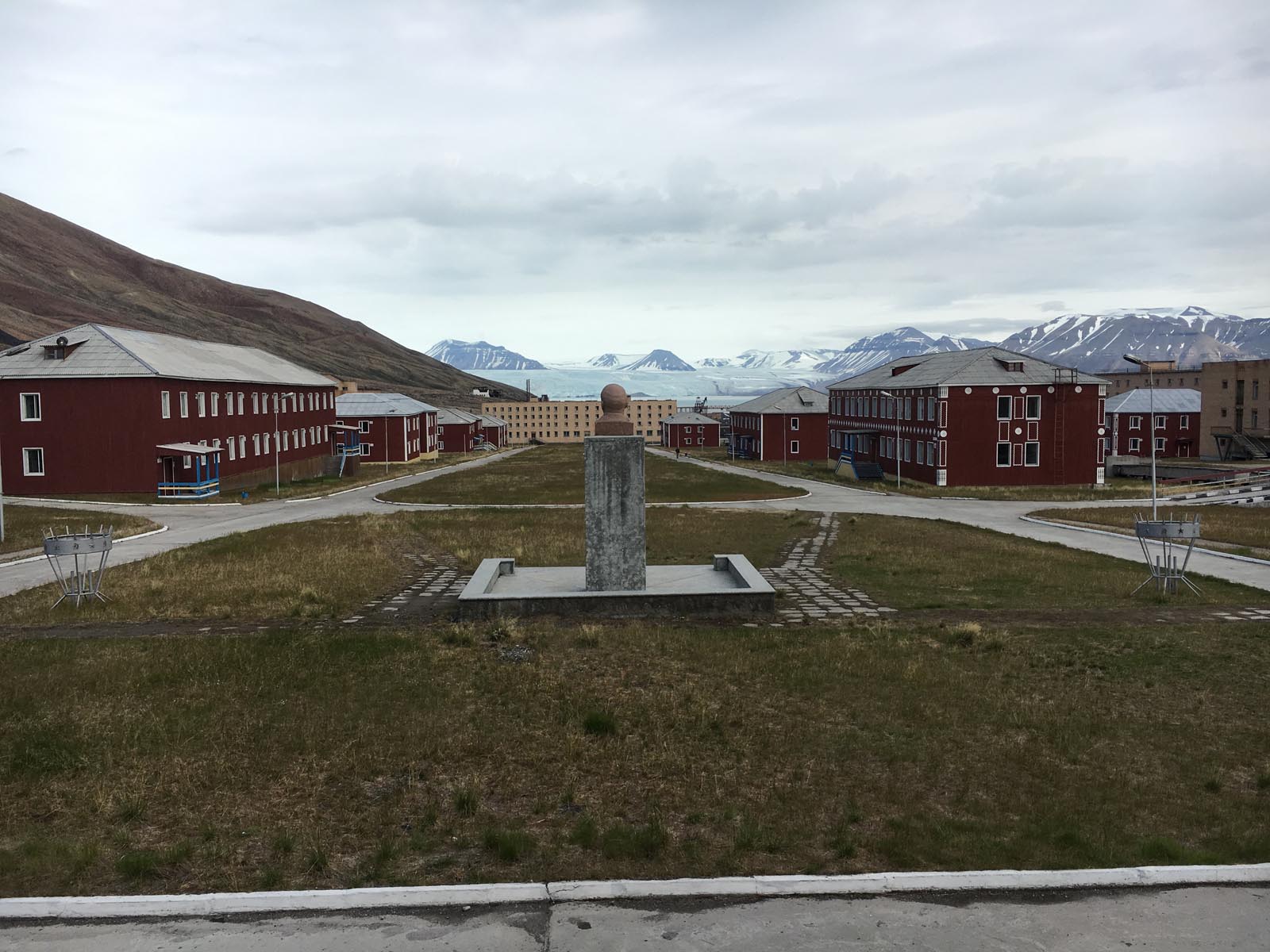
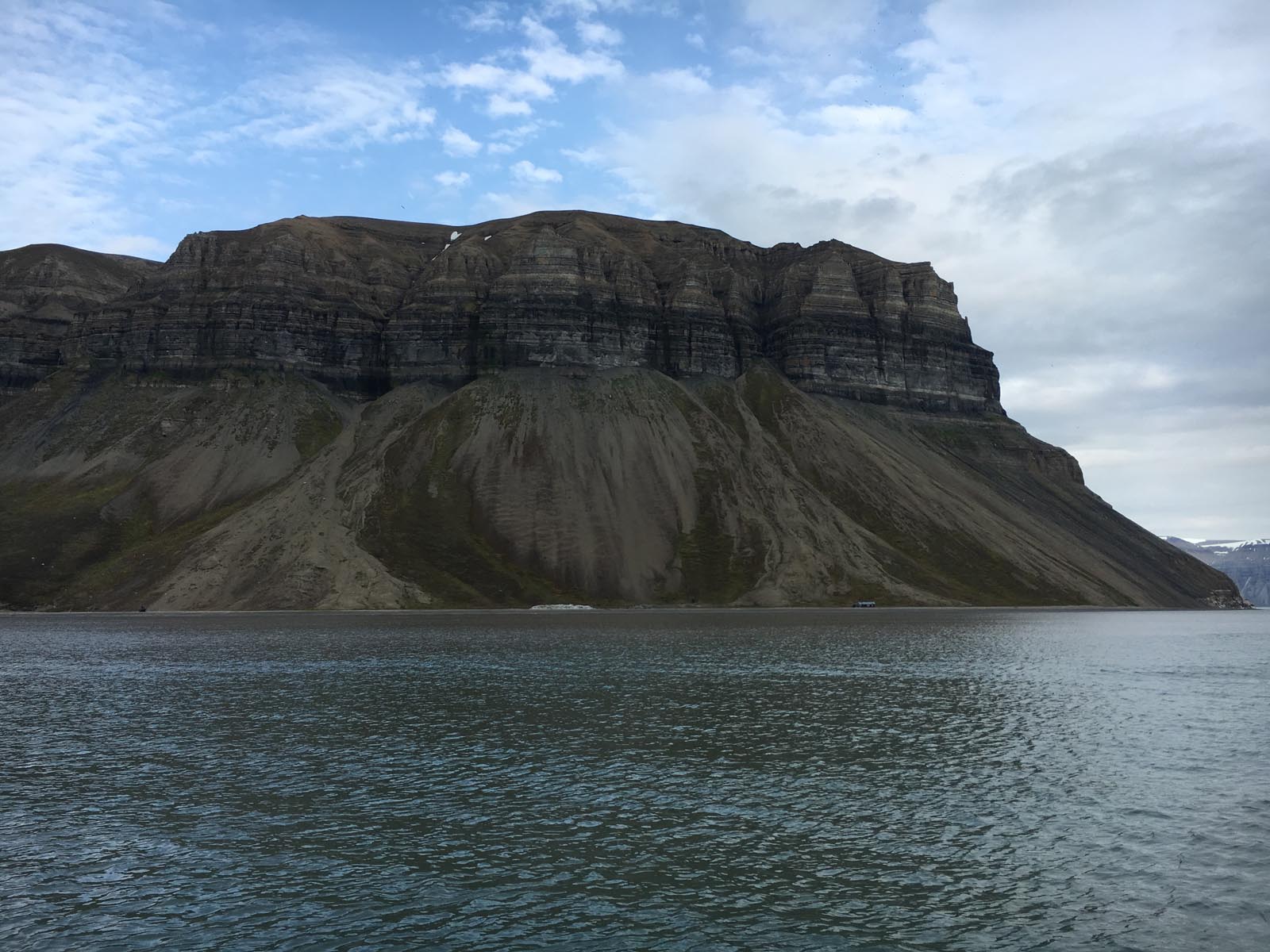
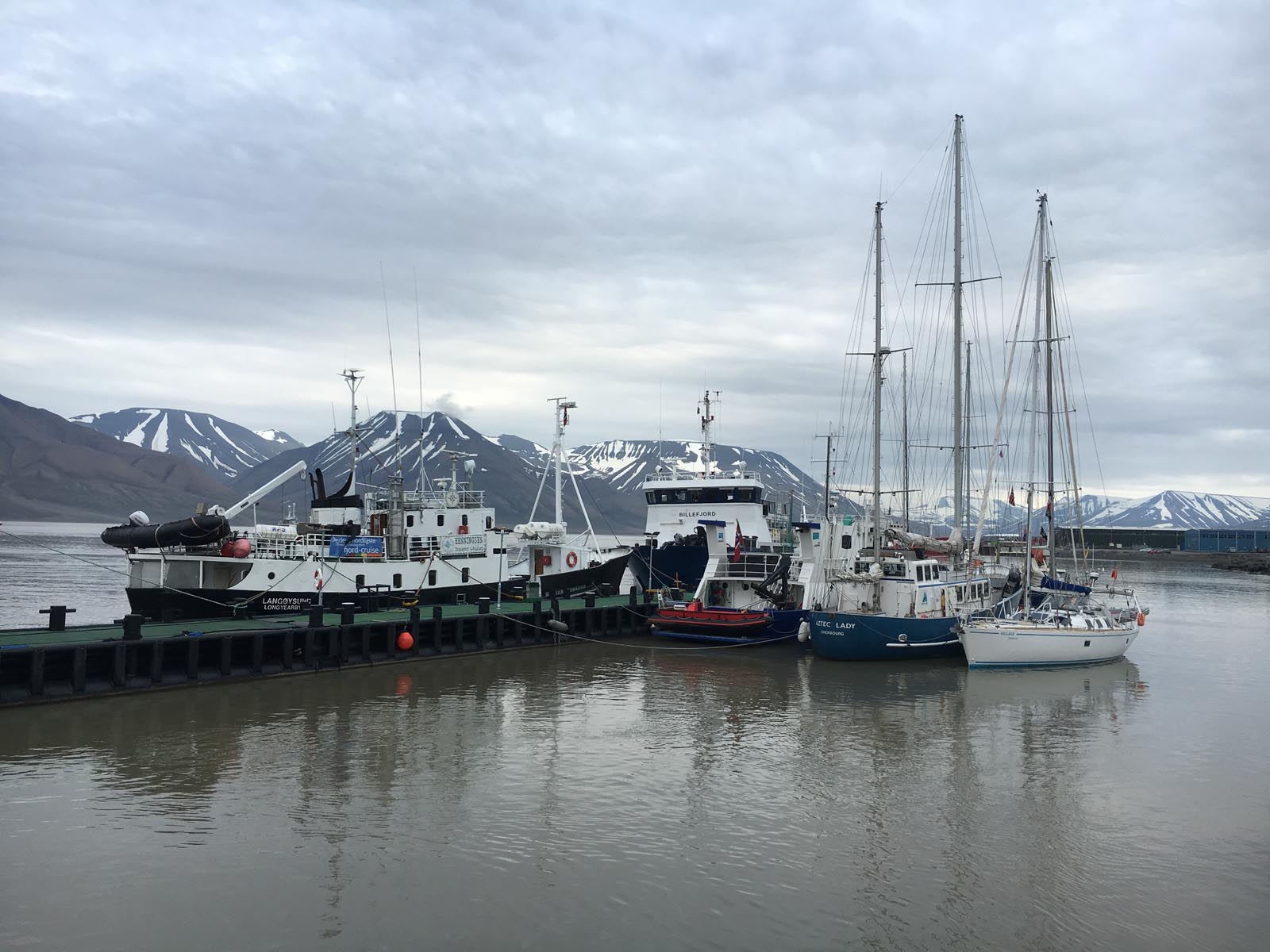
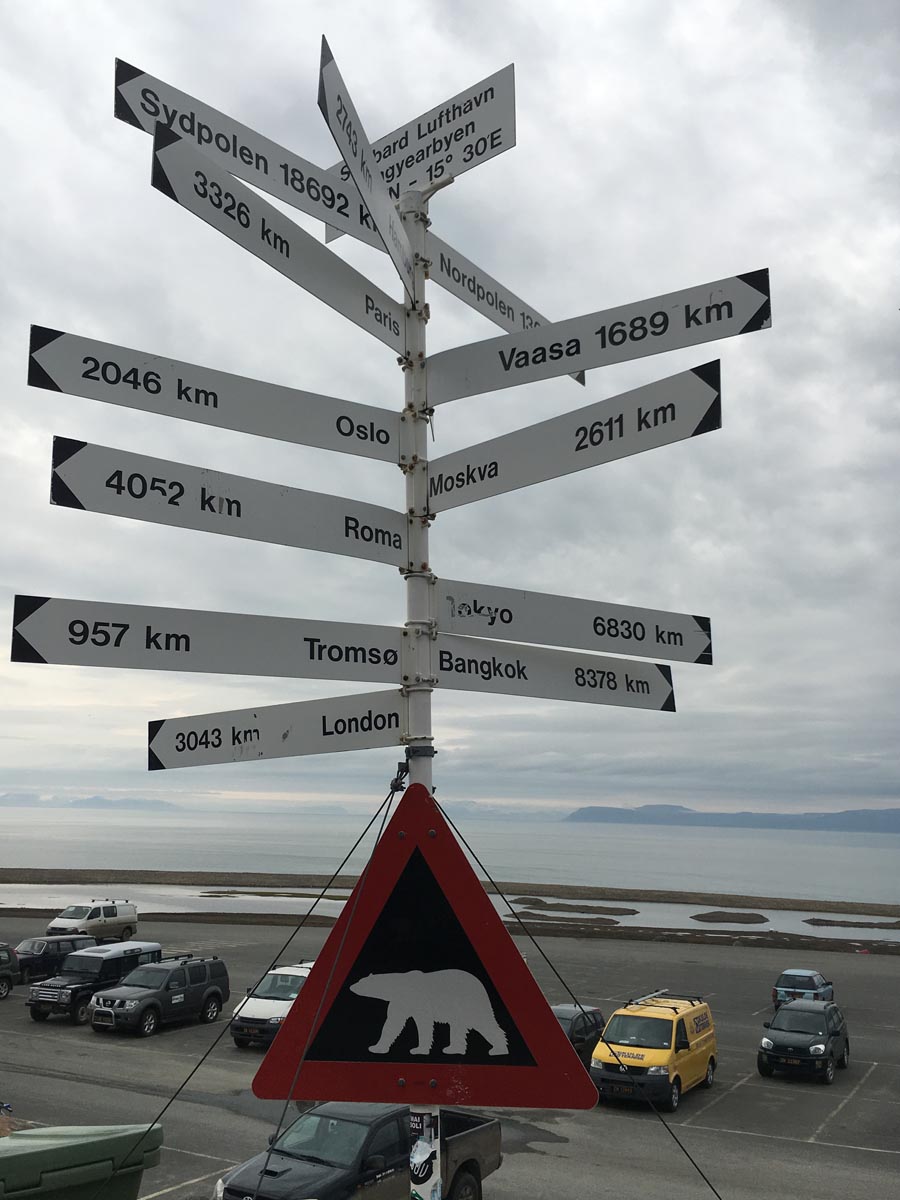
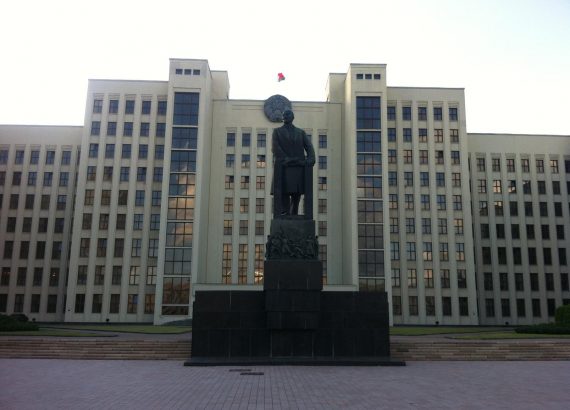
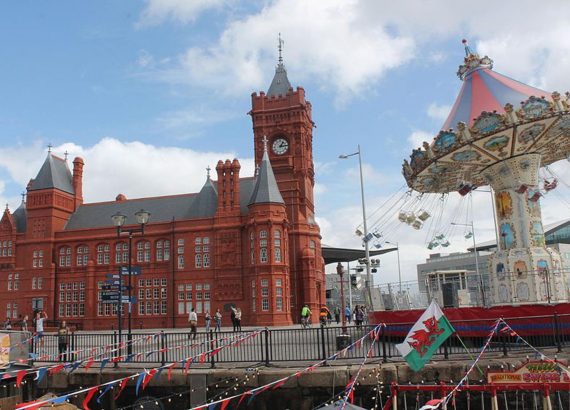

lalit kumar
I like
Sven Luca
Thank you so much 🙂